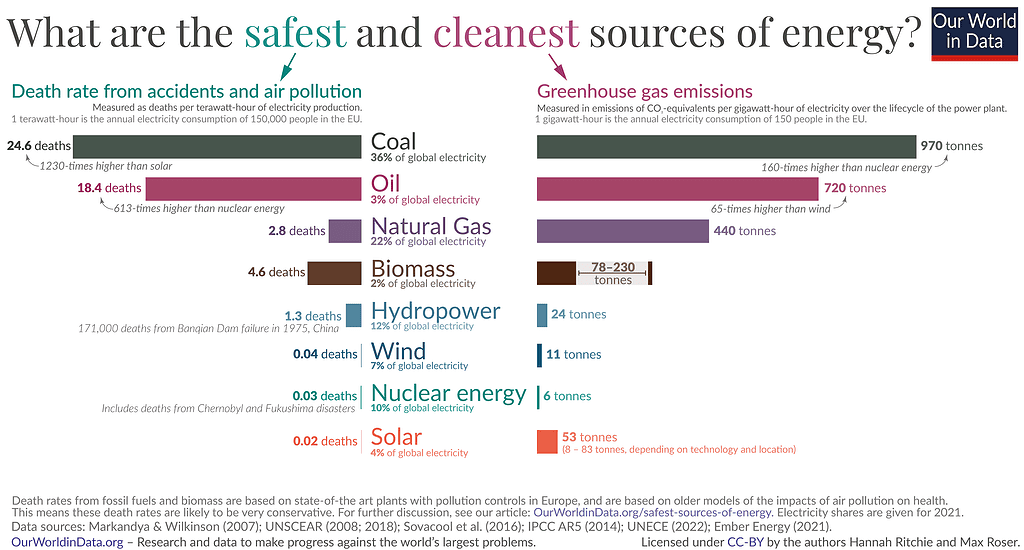
The land use of renewable energy is often criticized in public and political debates. However, a new study shows that something as frivolous as golf courses use up more land globally than solar or wind energy. Golf courses, which often serve a small number of affluent people, are also terrible for the environment and use up a lot of water and resources.
Competition for space
The lush greenery you see on golf courses is a well-maintained lie. Golf courses use enormous amounts of water — sometimes in regions already facing shortages. Maintaining that flawless grass also means heavy reliance on fertilizers and pesticides, which seep into local waterways, harming wildlife and polluting ecosystems. To make it even worse, golf courses are apparently competing with renewable energy for space.
Every acre we allocate to one use is an acre less for another. Currently, more than 38,400 golf courses span the globe, occupying vast stretches of valuable land. Surprisingly, researchers from Germany’s Forschungszentrum Jülich found that countries (especially richer countries like the US, the UK, and Canada) dedicate far more land to golf courses than to solar farms or wind turbines.
Let’s put this into perspective. If you take the golf courses in just the top ten golfing countries and convert them into renewable energy, you’d get an extra 842 gigawatts (GW) of solar or 659 GW of wind capacity. And to put that into perspective, that’s more than the entire quantity of renewable energy these countries produce and are forecast to have for a few years.
Replacing golf courses with something more useful isn’t a new idea, it’s already happening in some areas. In Japan’s Hyogo Prefecture, an entire golf course now hosts 260,000 solar panels, generating 125 gigawatt-hours annually. Meanwhile, in South Korea, “screen golf,” indoor simulated golfing experiences, provide a popular, space-efficient alternative to traditional courses.
An important opportunity

At the core of this debate lies the concept of energy justice — the idea that the benefits and burdens of energy use should be equitably distributed. Golf courses starkly illustrate land-use inequality. They consume vast spaces for an elite few, while renewable energy infrastructure, benefiting entire communities, struggles to find suitable locations.
This is hardly fair and it’s hardly sustainable.
Researchers emphasize that they’re not necessarily advocating about turning golf courses into renewables, says Jann Weinand, lead author of the study and Head of the Integrated Scenarios department at Forschungszentrum Jülich. However, if we can find all this land to use for golf, then presumably we can find land to use for something as important as clean energy as well.
“Our study does not advocate for the direct conversion of golf courses, but it highlights the vast potential for renewable energy on similarly large and underutilized areas. In light of the ongoing debates about land use for renewables, it is crucial to consider how we allocate land overall — especially when significant space is dedicated to activities that benefit only a limited segment of the population.”
A long-term plan
Despite the compelling findings, it’s clear that golf courses alone can’t solve the global land challenge for renewables. Even a massive conversion wouldn’t fully address the future renewable land requirements. However, this new study offers an important perspective on land use. It also showcases an important opportunity.
While solar panels and wind turbines directly reduce greenhouse gases, golf courses often produce them through intensive maintenance. Yet, conversations about land use tend to overlook such disparities, focusing instead on the aesthetic or recreational value of landscapes.
The message is clear: the land beneath our feet holds untapped potential and we’re not using it for the benefit of most people. How we choose to use it could significantly shape our renewable energy future — and our planet’s climate health. Golf courses, often symbols of leisure and wealth, could soon symbolize missed opportunities unless decision-makers and communities reconsider their value.
The study was published in Environmental Research Communications.


